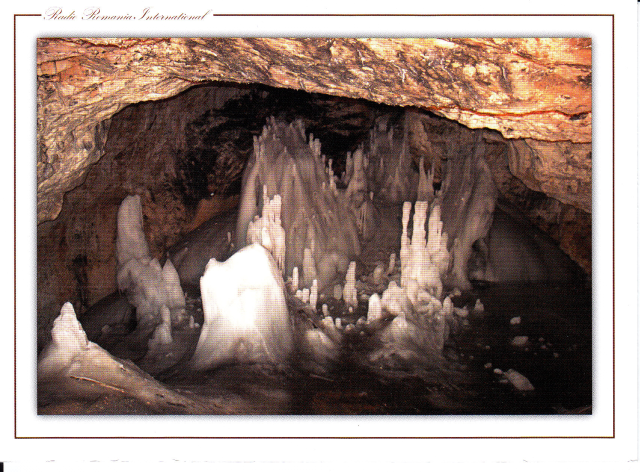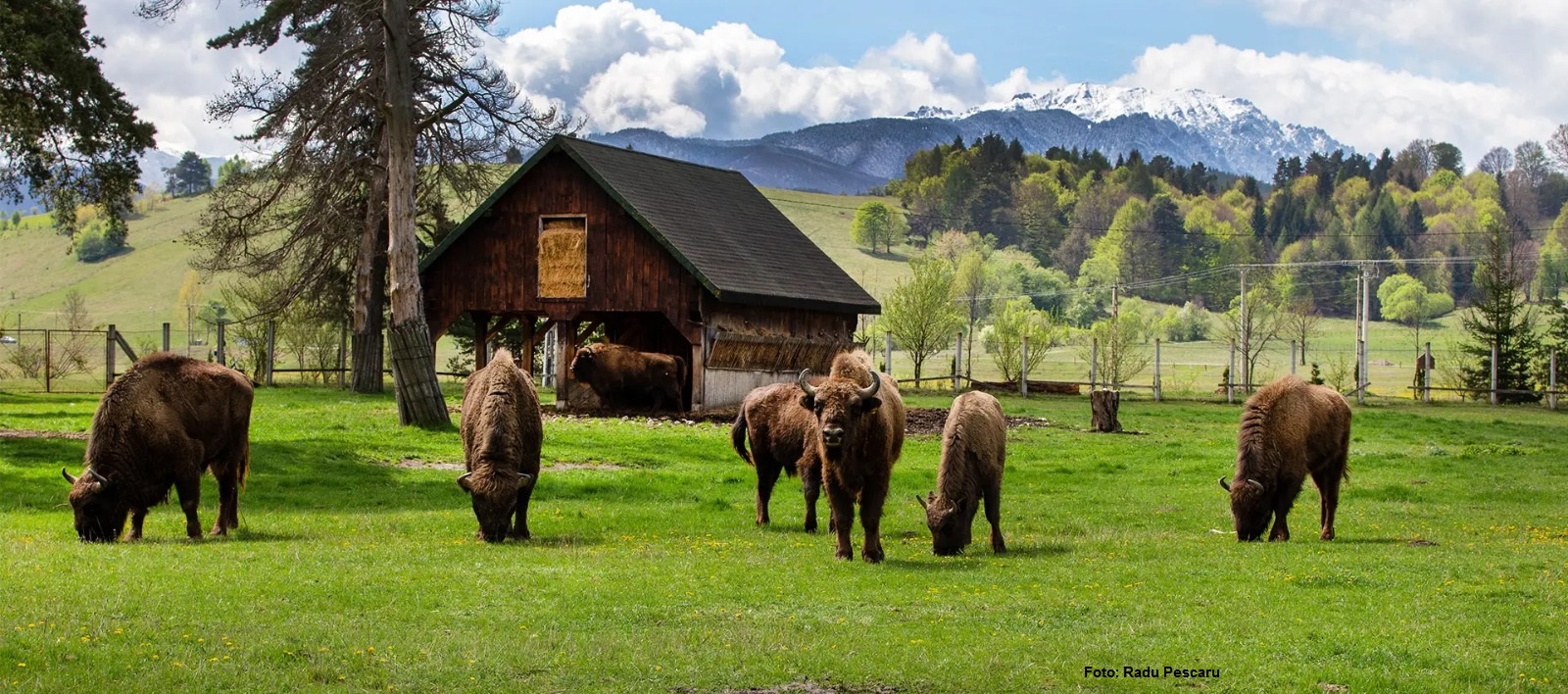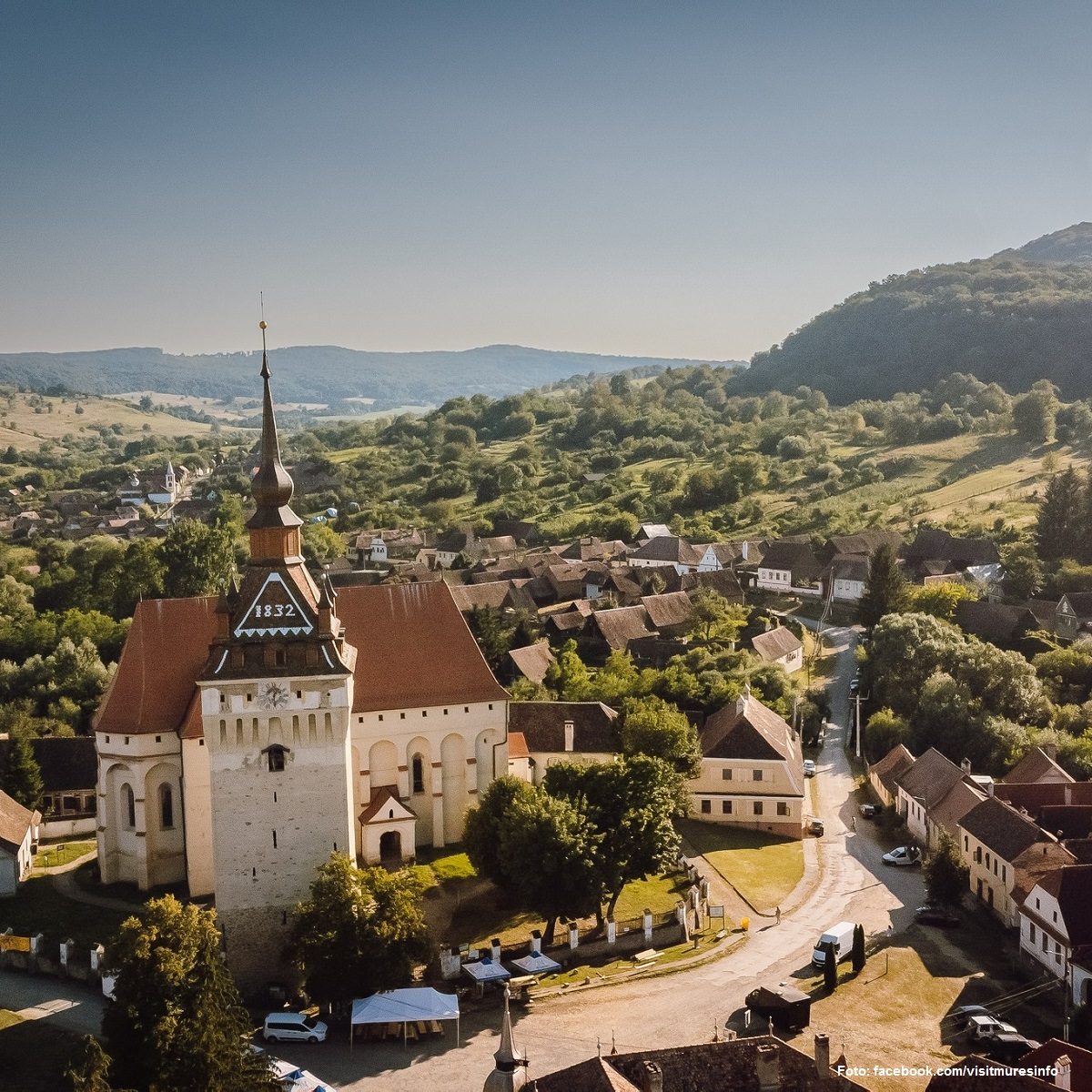Apuseni Nature Park
Apuseni Nature Park is a nature reserve set up in 2004 in the northwestern part of the mountains of the same name.
Warning: Trying to access array offset on null in /home/web/rri.ro/public/wp-content/themes/rri/template-parts/content.php on line 53

Warning: Trying to access array offset on null in /home/web/rri.ro/public/wp-content/themes/rri/template-parts/content.php on line 98
România Internațional,
30.10.2015, 15:24
Apuseni Nature Park is a nature reserve set up in 2004 in
the northwestern part of the mountains of the same name. The area has a
distinctive topography consisting of karst formations and underground holes
that are of great importance to researchers. At the same time, the local
villages, which are scattered at an altitude of over 1,400 meters, are all the
more charming for the way in which they have preserved century-old traditions.
The vegetation is typical of mountain areas, with both evergreen and deciduous
trees, as well as mixed growths, bushes and grasses. Alin Mos, who in charge of
the park, told us about the richness of life in this area:
There are here about 1,550 species of plants,
including 96 protected species. We have about 1,380 animal species, 147 of them
protected, and 29 different natural habitats, 6 of which are listed as priority
habitats of European importance, which means they are the focus of specific
protection and conservation measures. The park has 1,500 caves, and different
species of bats have been discovered in many of them. 18 different species have
been identified to date. We have 45 species of mammals, of which the best known
are large carnivores. Some of the animals living here include the wolf, the
lynx, the bear, as well as the chamois and the otter. Apuseni Nature Park is
part of a European funding project called Life Connect Carpathians, which
tracks the populations of wolves and bears, as well as their prey. The projects
aims at making a documented connection between the Western and the Southern
Carpathians, especially the Retezat area. Right now there are studies, research
and field projects being run in the field to identify the size of these
populations in this particular area.
The main attraction of the park is the Cetatile
Ponorului cave, which has the tallest cave entrance in the country, says Alin
Mos:
Cetatile Ponorului is one of the largest and
most impressive examples of karst topography in south-eastern Europe. This cave
complex is the result of three large sinkholes. They form a circle with a
diameter of 1 km. The entrance to the cave is incredible, one of the most
amazing in Europe. It is 70 meters tall, impressive by any measure. Cetatile Ponorului
is in fact one of the main attractions for visitors of the Apuseni Mountains.
Romania is among the European countries with
the most caves. Most of these caves can be found in the Apuseni Mountains and
contain waterfalls several meters tall, stalagmite halls and bat colonies. Here
is Alin Mos, the director of the nature preserve, once again:
The
Bear Cave is one of the best-known caves in Romania. It has the best visitor
infrastructure of all caves in Romania and, with 80,000, the largest number of
visitors per year. Another cave of international importance located in this
area is the Scarisoara Ice Cave. Recent surveys have revealed that this is the
largest ice cave in the world and the oldest in Europe. The visitor
infrastructure here is very good. A new lighting system was put in place here 3
or 4 years ago. Using LED lights, the new system is better for the underground
habitat and also provides visitors with a more intense experience of the
underground ice formations. The number of visitors has grown considerably in
recent years and the cave now has more than 35,000 visitors a year. Close to
the Scarisoara Ice Cave, we find another cave open for visitors. This is called Poarta
lui Ionele and has brand new visitor infrastructure. This is not
necessarily a spectacular cave, but it is easy to reach, because it is located
near National Road No. 76 in the village of Garda. The fourth cave in the area
that is open for visitors is the Vartop Ice Cave. The cave is well-known because
of the 40,000 year-old human remains discovered here which suggests that many
caves in the Apuseni Nature Park used to be inhabited in the old times. Another
cave in the region is the Coliboaia Cave, which is home to one of the oldest
mural paintings ever discovered between the Alps and the Urals. The murals here
are over 35,000 years old and also demonstrate human presence.
The
Apuseni Nature Park is visited by more than 500,000 people every year. Other
attractions in the area, apart from the caves, include the Aries Valley River,
which is a great destination for rural tourism and sports tourism, as well as
the Vartop area, with its three marked ski tracks.






























